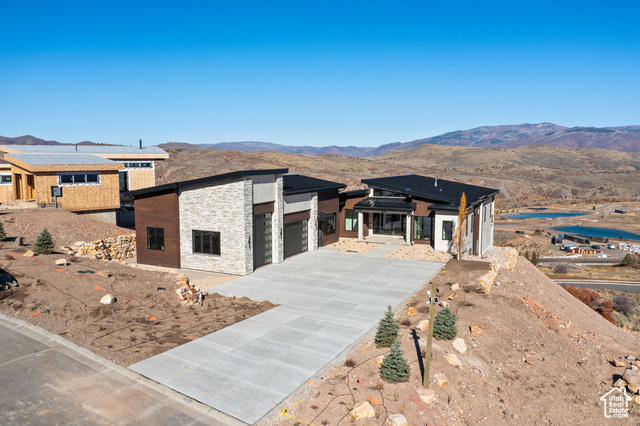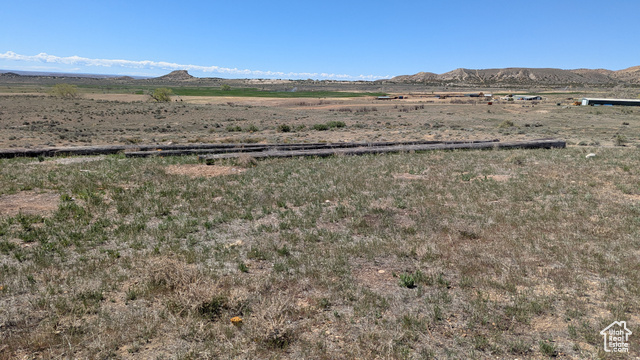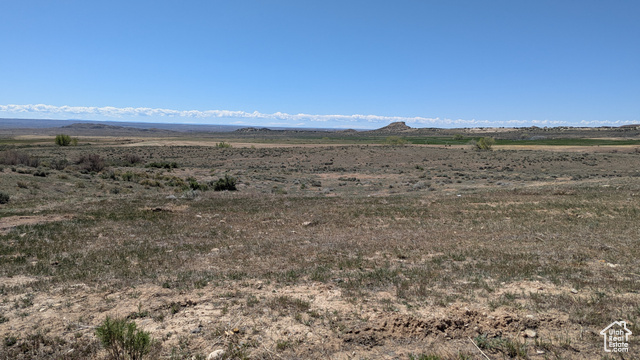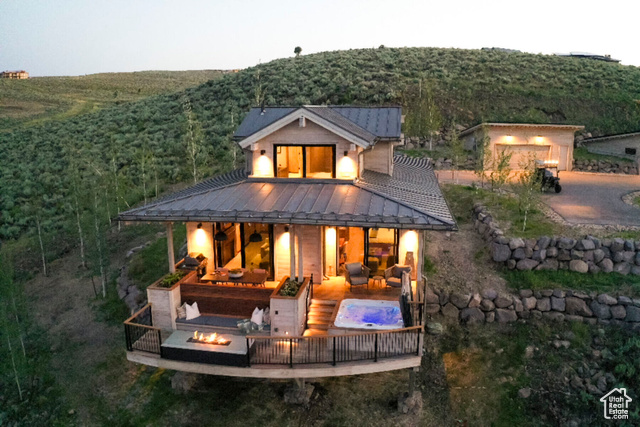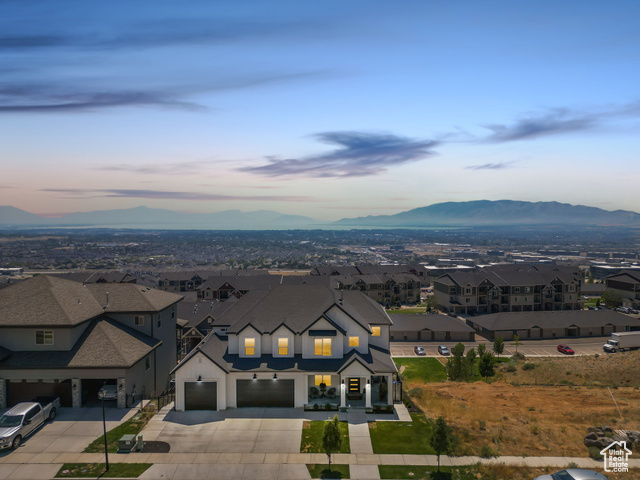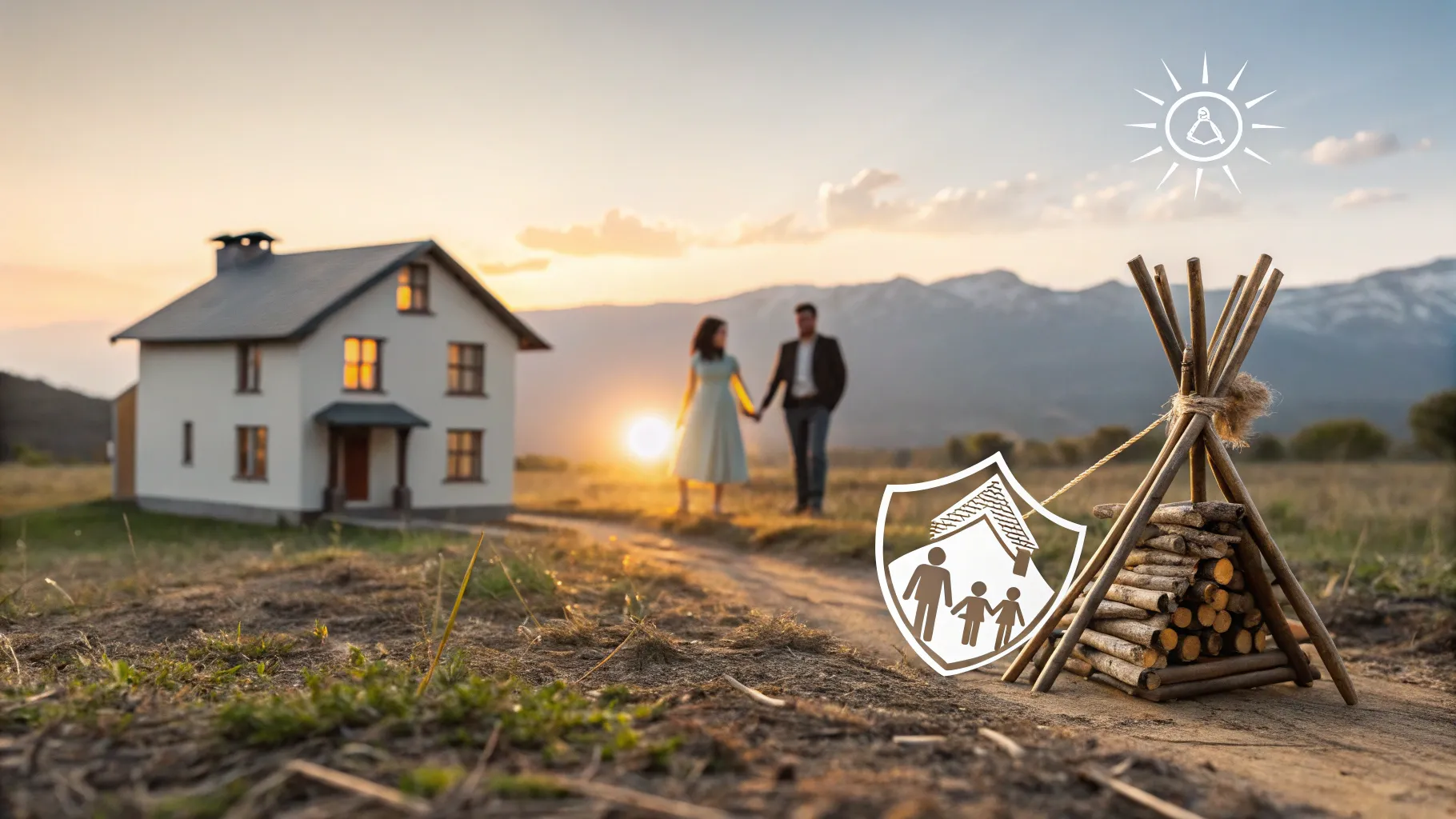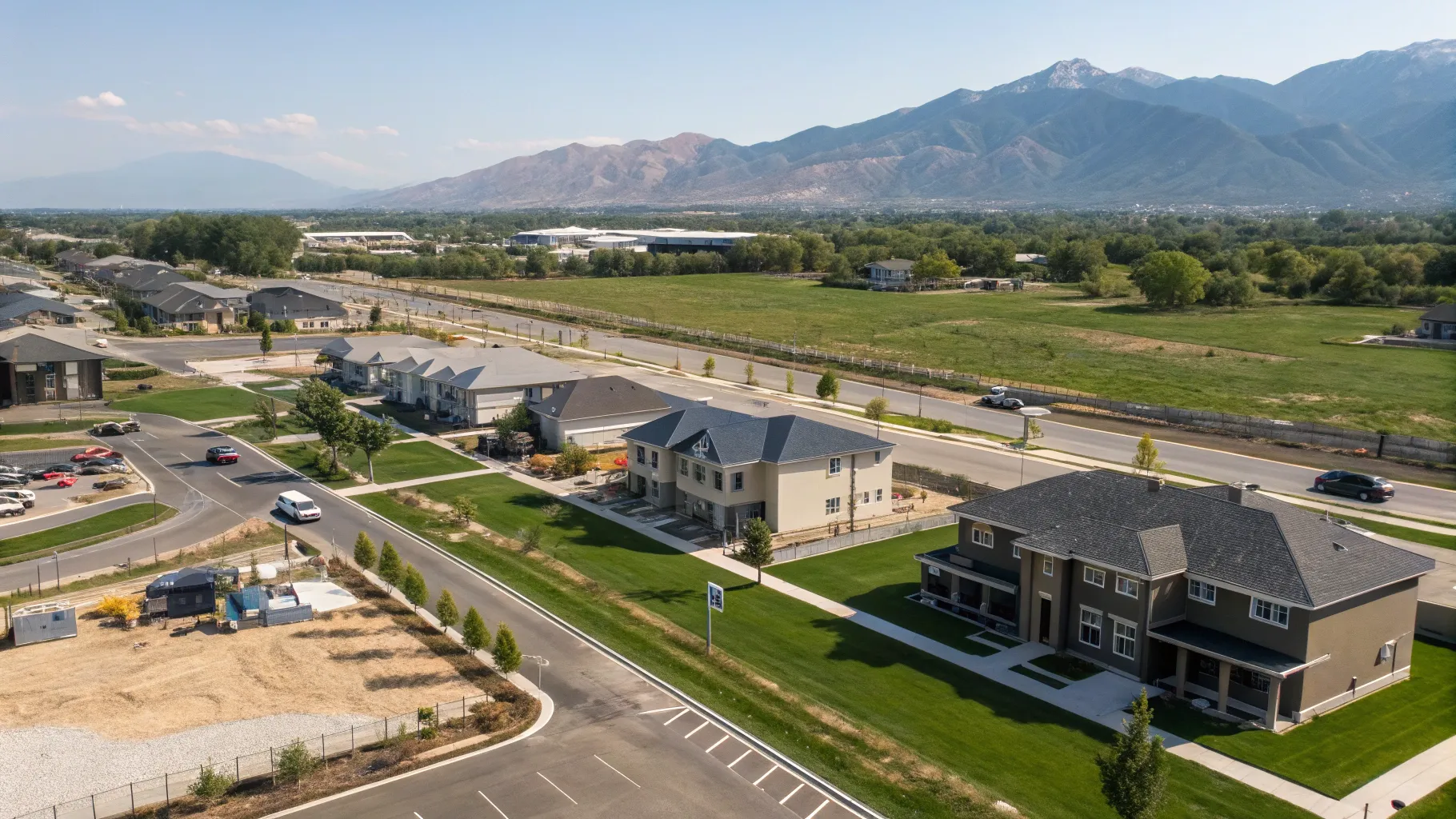Understanding the difference between title and deed is essential for anyone involved in Utah real estate, whether purchasing a starter home in Salt Lake City, investing in a rental property near St. George, or closing on a mountain property in Park City.

Rising prices, rapid growth, and an ongoing quest for innovative solutions have shaped Utah’s housing market. Many buyers are seeking options that offer more freedom, whether that means a smaller footprint, a weekend retreat, or an affordable way to establish roots without committing to a full-size house. That search has led to a growing interest in park model homes, compact dwellings that strike a balance between livability and flexibility.
These homes are especially appealing in a state where outdoor spaces play such a big role in daily life. From mountain towns to desert valleys, buyers are rethinking what homeownership can look like and finding that smaller, smarter spaces can open the door to bigger possibilities.
What Are Park Model Homes?
At first glance, park model homes can look like tiny cabins or compact cottages, but they’re built with a very specific purpose in mind. Legally classified as recreational vehicles, they’re designed to remain mobile while offering the feel of a permanent residence. Most models measure under 400 square feet, yet they often feature full kitchens, bathrooms, and comfortable sleeping spaces.
Unlike traditional RVs, these homes are crafted to resemble real houses, often featuring pitched roofs, wood siding, and residential-style interiors. They’re built for long-term use, not just occasional trips, which makes them especially attractive for buyers who want something that feels rooted but still offers flexibility.
Why They Make Sense in Utah
Utah’s landscape creates a unique setting for alternative housing. Wide stretches of rural land, access to national parks, and mountain communities make the state a natural fit for compact homes that can be placed on small parcels without overwhelming the surroundings. For buyers who dream of a weekend cabin or investors considering short-term rentals, the scale and cost of park model homes are hard to overlook.
The state’s broader housing market also makes these homes worth considering. As Deseret News reports, Utah continues to face affordability challenges as demand outpaces supply. For many buyers, that creates pressure to think differently about homeownership, whether it means choosing a smaller primary residence or placing a second home in a rural or recreation-heavy area.
And beyond economics, the appeal extends to Utah residents who value outdoor living but don’t want the upkeep of a full-size second home. Whether nestled by a lake, set against red rock, or placed on family land, these homes fit naturally into the state’s lifestyle.
Who Is Choosing This Lifestyle?
The buyers drawn to park model homes in Utah come from a mix of backgrounds, but they share a desire for flexibility. Retirees often view them as a way to downsize without sacrificing comfort, providing a manageable space that still feels like home. Younger buyers are drawn to the lower costs associated with alternative housing options, particularly in a market where traditional housing prices remain high.
Outdoor enthusiasts also find them appealing. A compact cabin near the mountains or desert offers a ready-made basecamp without the expense of building a full second home. For investors, the turnkey design makes them a practical option for short-term rentals in high-demand vacation areas.
Together, these groups show how the trend has expanded beyond niche interest. Park model homes have become a mainstream option, offering a versatile solution for individuals seeking to align their housing with their desired lifestyle.
Things to Know Before Buying
Before committing to a park model home, buyers should weigh a few practical considerations. Zoning rules vary across Utah, and while some counties permit these structures on private land, others may impose restrictions on their installation locations. Checking local ordinances early can save headaches down the road.
Utilities are another factor. Many park model homes are designed to connect to water, power, and septic systems; however, off-grid setups are also possible with proper planning. In Utah’s colder regions, winterization is also key. Insulation, heating options, and site preparation will determine how comfortable the home feels throughout the year.
Delivery and setup also deserve attention. These homes may be compact, but they require professional transport and placement. Working with a builder or supplier experienced in Utah’s terrain helps ensure the process goes smoothly and the home is ready to use without unnecessary delays.
Conclusion
Utah’s real estate market is full of opportunities, but it also presents challenges of cost, competition, and availability. For buyers seeking a different path, park model homes offer an option that strikes a balance between affordability and lifestyle. They fit neatly into the state’s mix of outdoor recreation, rural land, and thriving tourism, whether as a primary residence, a second home, or a rental investment.
For anyone considering long-term options, it’s worth examining how these smaller spaces can complement more traditional properties. Exploring new approaches to housing can be just as rewarding as exploring new strategies for investing in Utah’s real estate market.

